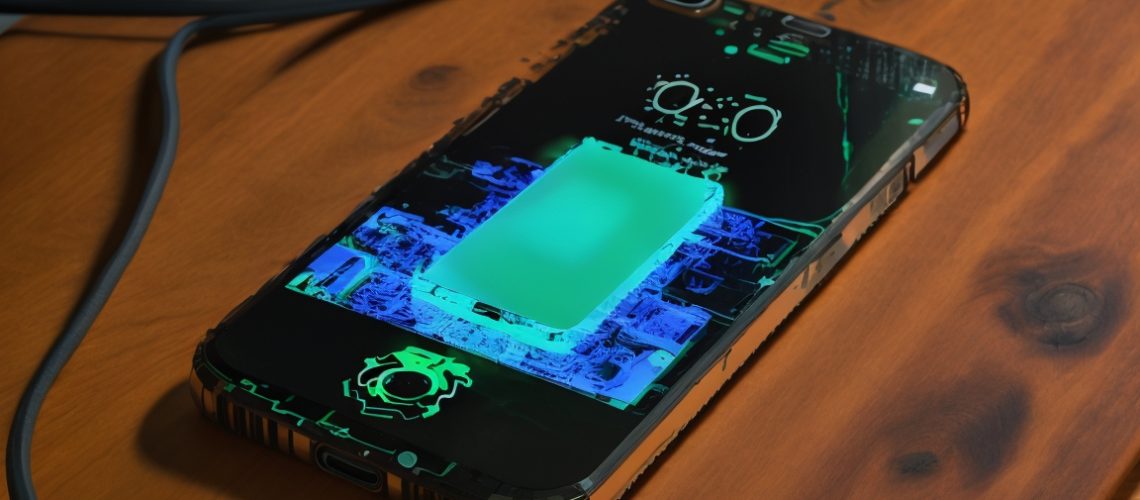Ever wondered what goes into making that sleek, indispensable device that’s probably no more than an arm’s reach away right now – your iPhone? From rare earth elements to common metals and energy, the manufacturing process of an iPhone is an intriguing fusion of geology, chemistry, and engineering. Let’s take a detailed journey into the various materials that contribute to the magic of an iPhone.
The Rare Earth Elements: Unseen Powerhouses
Seventeen elements known as the Rare Earth Elements (REEs) may not be familiar names, but they are crucial for our iPhones. They are often divided into Light Rare Earth Elements (LREEs) and Heavy Rare Earth Elements (HREEs) based on their atomic structures and similar properties.
Neodymium, Praseodymium, and Dysprosium, part of the LREEs and HREEs respectively, are used in the manufacture of the tiny yet powerful magnets that help your iPhone vibrate or enable its speakers to produce sound. Europium, Terbium, and Yttrium play key roles in the color display of your iPhone screen. Lanthanum is used in the camera lens to provide high-clarity images.
Despite their name, these elements aren’t actually rare, but their extraction and refining are complex, which contributes to their “rare” label.
The Metals: The Skeleton and the Skin
The sleek, shiny body of your iPhone owes its existence to an array of metals. Aluminum, the main component of the iPhone’s body, is lightweight yet strong, providing robust protection without adding much weight.
The circuit board, the brain of your iPhone, is a complex blend of several metals. Copper is used for wiring due to its excellent electrical conductivity, while Gold, with its superior resistance to corrosion, is used in high-reliability connectors and switches. Silver, the best conductor among metals, is used in the iPhone’s circuit board for switches and other components where high conductivity is required.
Tin is primarily found in soldering for the circuit boards. Your iPhone’s battery uses Lithium, a lightweight metal that can store a lot of energy in its atomic bonds, translating to a longer battery life for your phone.
Minerals: The Hidden Gems
Minerals too play a critical role in your iPhone. Silicon, the second most abundant element in the Earth’s crust, is used to create the microchips that power your iPhone. Quartz, a form of silicon dioxide, is used in the iPhone’s oscillator circuits to generate a steady clock signal, critical for managing and coordinating tasks.
Tantalum, derived from the mineral Coltan, is used in capacitors on the circuit board due to its ability to hold a high electrical charge. Gallium, derived from the mineral Sphalerite, is used in amplifier circuits and the iPhone’s LED backlighting.
Energy: The Invisible Driver
Producing an iPhone requires a significant amount of energy, from mining the raw materials, refining them, manufacturing components, assembling the phone, and finally, to delivering the device to your hands.
It’s been estimated that around 75% of an iPhone’s carbon footprint comes from production, mainly due to the energy-intense processes of component manufacturing. The remaining is divided among product use, transport, and recycling.
The Future of iPhones and Sustainability
While our smartphones help us navigate our digital world, the complex web of materials and energy behind their production often remains unseen. This intricate process also comes with significant environmental challenges, including issues with mining, potential human rights violations, energy-intensive manufacturing, and e-waste.
Fortunately, Apple has committed to enhancing the sustainability of its products, promising to become 100% carbon neutral across its entire business, manufacturing supply chain, and product lifecycle by 2030. This would involve steps such as using more recycled materials in their products, enhancing energy efficiency, and investing in renewable energy.
In conclusion, the iPhone in your hand is much more than just a communication device; it’s a marvel of modern engineering, an assembly of Earth’s hidden treasures, and a testament to human ingenuity. Understanding the journey from raw materials to finished product reminds us of the responsibility we share in making our planet a more sustainable place for future generations. So, next time you hold your iPhone, remember, it’s not just a piece of technology, but a tiny piece of our vast and complex world.

